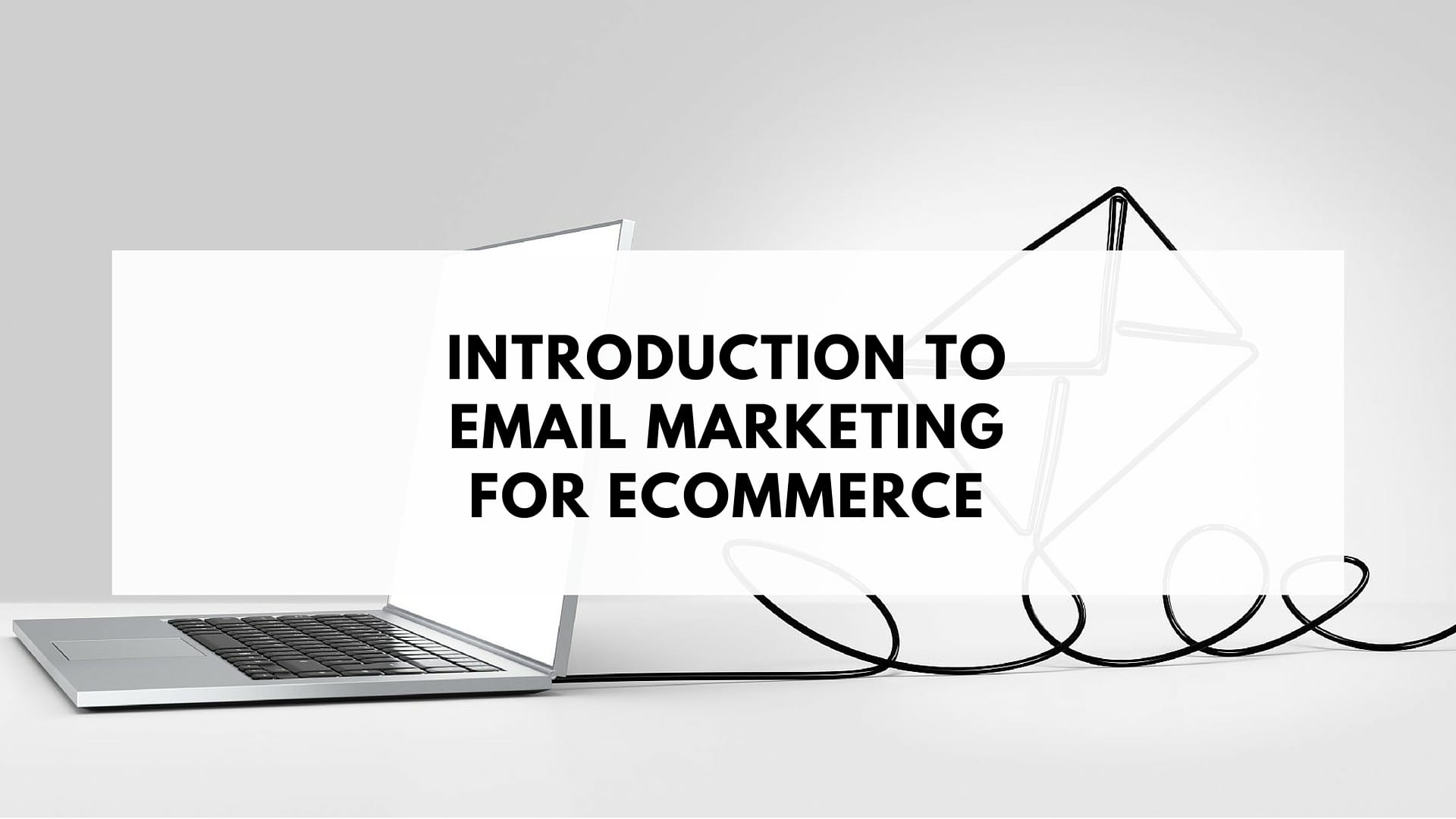As businesses gear up to battle it out on the basis of customer experience rather than price or quality, personalizing your e-commerce pages becomes a necessity if you don’t want to lose out to the competition.
Accenture reports that up to 41% of customers switched companies in 2018 due to a lack of trust or personalization, costing businesses a whopping $756 billion.
However, the future is bright for those who are ready to learn from the mistakes of the past. Gartner predicts that e-commerce businesses can expect a 15% increase in profits by 2020 by personalizing their offers, content, and other recommendations according to their visitors.
Top Tips to Personalize Your E-Commerce Customer Experience
Are you ready to transform your business and build a loyal base of returning customers? Here’s a list of five quick and useful tips to personalize your customer experience and get more sales:
1. Unleash the Power of Personalized Emails
Email marketing has remained a coveted marketing tool for seasoned marketers, and the same holds true for e-commerce businesses. However, email marketing has evolved over the years, and it is a fact that personalized emails perform better than batch and blast email campaigns.
Personalized emails are 26% more like to be opened and poised to generate more revenue. E-commerce marketers can take advantage of these figures to develop a tactical email strategy that will improve their company’s bottom line significantly.
To start with your email marketing strategy, gather as much email subscriber data as you can, starting with names and email addresses, which can be retrieved when a user signs up for an account.
Once you have collected basic information about your customers, supplement it with their browsing or purchase history to segment them into groups for targeted email campaigns.
Browsing history also helps you in converting users through personalized offers. For example, if a user has checked out a product a couple of times or left it in the cart, you can always follow up with an offer that will encourage them to complete the purchase. Taking a cue from Amazon, you can send customers emails based on their past purchases to upsell, cross-sell, and recommend similar products, based on the behavior of other users with similar preferences.
Of course, doing this manually will take a considerable amount of time. It is recommended to invest in an email marketing app that integrates with your purchase history database to help you build detailed customer profiles and set triggers for sending automated yet personalized emails.
2. Enabled Smart Searches for Easy Product Navigation
Most online shoppers fall under two categories – those who know what they are looking for and those who are generally browsing your site.
The former would, in most cases, directly go for the search bar on your website, which should be strategically placed to minimize any customers leaving your site. Besides, you may also want to incorporate autocomplete to help shoppers who cannot remember the exact name of a product.
For the latter, it helps to have a variety of filters, such as gender, brand, color, size, price, etc., to personalize the search results for them. It is also a good idea to include product features in sorting options, such as the type of fabric, occasion, pattern, color, fit, etc., to narrow down the results for users, so that it becomes easier for them to make a decision.
3. Offer Real-Time Support During the Checkout Process
According to statistics, the average cart abandonment rate is 75.6%. Unsurprisingly, one of the most common reasons for high abandonment is a long or complicated checkout process that bogs down the users in most cases.
Fortunately, you can get over this impediment by using technology to make your payment gateway more secure and adding multiple payment options, including cards, PayPal, net banking, UPI, COD, etc., that enable users to transact in a payment mode they are familiar with. You should also allow users to checkout without signing up for an account, though you may offer an incentive for signing up to build your customer database.
Another way to simplify the payment process is by offering live chat support to users during the checkout process. By using an advanced customer service platform, you can offer timely support to users via live chat, audio and video calling to guide them through the purchase.
The live chat tool can also be integrated with cobrowsing and document sharing capabilities that allow your agents to view your customers’ browsers and guide them while filling up complicated forms. The process is 100% safe and enables the customers to mask sensitive information such as their payment details.
Another advantage of providing live chat support on your e-commerce website is that real-time interactions between your agents and clients, while they are shopping, reduce the urge to comparison shop and increase the possibility of sales.
4. Invest in Geo-Location Targeting
Would you be interested in receiving a discount on a breezy summer dress when it is snowing outside your door? With geo-location targeting, you can make the shopping experience for your users much more personalized through intelligent recommendations based on their location. For global stores, geo-location can mean offering the users prices in their preferred currency or the option to view content in a local language, based on their location.
You can also improve your shoppers’ experience by allowing them to choose their preferred domain-based store. For example, if a user in India visits Amazon.com, their delivery location is automatically changed to India, and they also see a banner that would take them to the Indian store, if they so prefer.
5. Use Google Analytics to Monitor Your Users’ Journey
Google Analytics lets you set up conversion funnels to visualize every step in your customers’ journey and understand how they interact with your site.
By analyzing your Google Analytics Conversion Funnel, you can figure out the stage at which most users leave your website, giving you an idea of the areas you must improve upon. With this simple tool, you can also check the performance of the various personalization elements introduced by you and make relevant modifications to get the desired results.
Conclusion
With the number of e-commerce businesses grow by leaps and bounds, it is essential to go the extra mile for your customers and make their shopping experience convenient to keep them coming back to you. The tips we have shared above enable you to personalize your customer experience so that you can see an immediate impact on your company’s bottom line.
Is there any specific personalization strategies that you employ in your e-commerce business? Spread the knowledge by sharing your thoughts in the comments section below.




